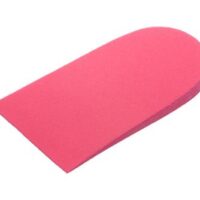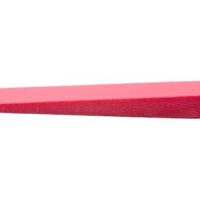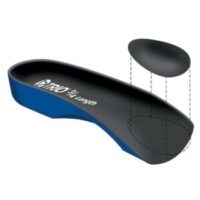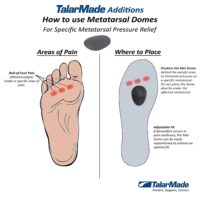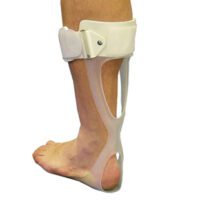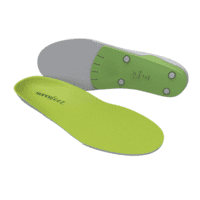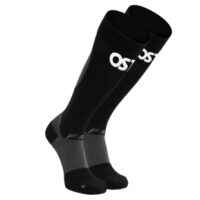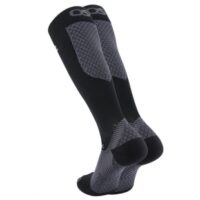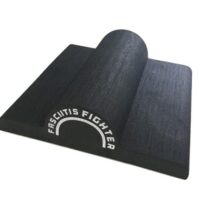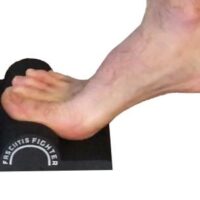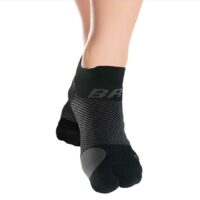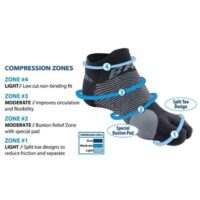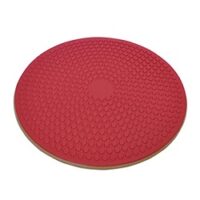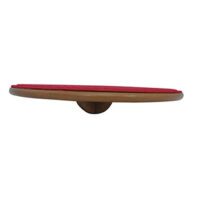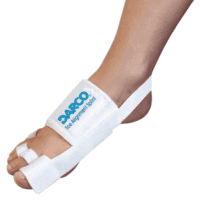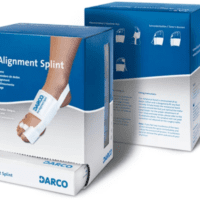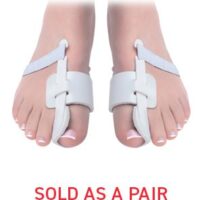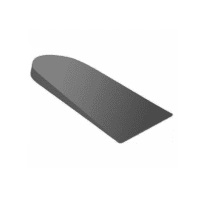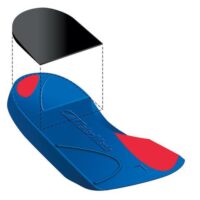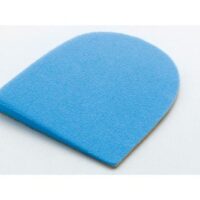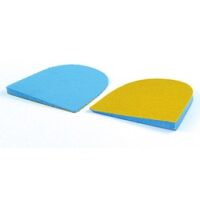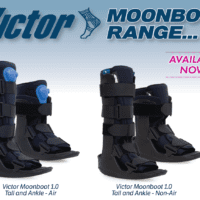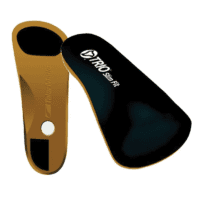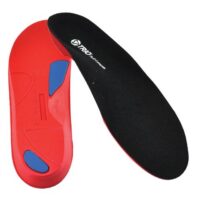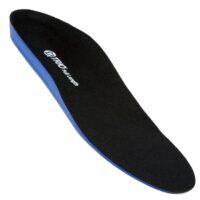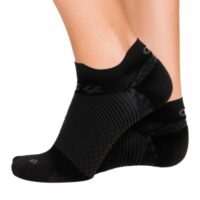Cuboid Syndrome

Article by Matthew Hewitt
What is Cuboid Syndrome?
Cuboid syndrome is a common condition where the cuboid bone becomes partially dislocated (subluxed) against the calcaneus. Essentially, the small bone just in front of the heel bone rotates slightly and becomes trapped.
What Does the Cuboid Do?
The cuboid is one of several bones in the foot that provide structure and movement. These bones must move as you put weight on your foot and push off. This movement allows muscles and connective tissues to provide and absorb forces efficiently. The cuboid also creates space for and protects important tendons, helping maintain the arches of your foot for a springy step. Read more about foot anatomy.
What Causes Cuboid Syndrome?
Several factors can cause cuboid syndrome, including:
- Incomplete rehabilitation after an ankle injury, such as a sprain
- Inadequate or unsupportive footwear
- Muscle imbalances in the lower limb
- Poor lower limb biomechanics
- High BMI
- Exercising under fatigue
- Training on uneven surfaces
- Pointe work in ballet
Learn more about preventing sports injuries.
Symptoms of Cuboid Syndrome
People with cuboid syndrome may experience:
- Gradual worsening pain on the outside of the foot, often felt in the little toes
- Pain during and after weight-bearing activities
- Reduced ankle mobility
- General foot weakness
Physiotherapy Treatment for Cuboid Syndrome
The prognosis for cuboid syndrome is favourable, depending on the cause of the injury. While reducing the subluxation is straightforward, identifying the exact cause to prevent recurrence is vital. This means addressing other biomechanics your physiotherapist identifies during assessment is crucial. Explore physiotherapy treatment options.
Preventing Cuboid Syndrome
To reduce your risk of developing cuboid syndrome:
- Wear supportive footwear suited to you – not necessarily the most expensive or newest on the market
- Gradually increase your training load or exercise level
- Allow adequate recovery periods between training sessions
- Maintain activity during the off-season
- Engage in cross-training to keep muscles strong and reduce injury risk
- Improve your balance and ankle proprioception
Discover tips on maintaining foot health.
Returning to Sports with Cuboid Syndrome
Recovery for athletes with cuboid syndrome is generally positive, and most can return to their previous sporting levels without ongoing problems. Completing your full rehabilitation program as prescribed by your physiotherapist is vital to prevent further issues and reduce the risk of re-injury. Find out more about sports rehabilitation.
New Research
Studies highlight the importance of comprehensive rehabilitation and supportive footwear in preventing cuboid syndrome. Durall CJ. (2011)
Conclusion
Cuboid syndrome, while painful, is manageable with proper treatment and preventive measures. By wearing supportive footwear, engaging in cross-training, and following a physiotherapist’s guidance, you can reduce the risk of recurrence.
What to Do Next?
Seek professional advice from your physiotherapist to get personalised treatment and prevention strategies for cuboid syndrome. Contact your physiotherapist.
Rochedale - Call 38410277
Book Online: RochedaleSalisbury - Call 32751044
Book Online: SalisburySandgate - Call 32691122
Book Online: SandgateCuboid Syndrome FAQs
- What is cuboid syndrome? Cuboid syndrome occurs when the cuboid bone in the foot becomes partially dislocated, causing pain and reduced mobility. Read more.
- How do you treat cuboid syndrome? Treatment includes reducing the subluxation and addressing the underlying causes through physiotherapy. Learn more.
- Can you walk with cuboid syndrome? Walking can be painful with cuboid syndrome, but proper treatment can alleviate pain and restore function. Discover how.
- What causes cuboid syndrome? Causes include ankle injuries, poor footwear, muscle imbalances, and high BMI. Explore more causes.
- How can you prevent cuboid syndrome? Prevention involves wearing supportive footwear, gradual training increases, and maintaining good foot health. Find out more.
- Is cuboid syndrome common in athletes? Yes, especially in sports involving uneven surfaces and repetitive foot movements. Read more.
Related Articles
- Foot Pain Treatment – Discover effective treatments for various types of foot pain.
- Ankle Sprain Management – Learn how to manage and recover from ankle sprains.
- Improving Ankle Proprioception – Techniques to enhance your ankle stability and balance.
- Biomechanics of Running – Understand the biomechanics of running to improve performance and prevent injuries.
- Cross-Training Benefits – Learn how cross-training can boost your fitness and reduce injury risk.
- Injury Prevention Strategies – Effective strategies to prevent common sports injuries.
- Rehabilitation for Athletes – Tailored rehabilitation programs for athletes.
- Maintaining Foot Health – Tips to keep your feet healthy and injury-free.
- Cuboid Syndrome: Symptoms, Causes, and Treatment – This article provides a comprehensive overview of cuboid syndrome.
- Foot and Ankle Biomechanics – Discusses the importance of biomechanics in foot and ankle health.
- Rehabilitation Strategies for Ankle Injuries – This review highlights effective rehabilitation strategies for ankle injuries.




